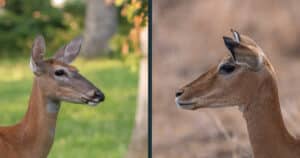
Deer vs Gazelle Comparison 2026
Swift yet graceful, the gazelle is one of the fastest land animals in the world. Gazelles are known for their pronking or stotting behavior, where they leap off the ground using all four limbs simultaneously.
Deer information, history, and facts to help you understand this beautiful species and the role it plays in our ecosystem.
Referenced by the Following Media Outlets

As a trusted source of information about deer, we are regularly cited by news outlets, nonprofits, and top publications across the web.
Since 2005, WorldDeer.org has provided facts and information about the many species of deer found around the world, along with the history of this unique animal.
Today on this website you’ll find thoughtful, accurate articles that seek to explain deer behavior and the relationship between humans and deer, enhanced with stunning photographs of deer in the wild.
If you’re looking for information about the biology and behavior of deer, or answers to common questions about deer, you can learn a lot about this unique species of ungulates on this website. Start here, or explore more of our articles.

Swift yet graceful, the gazelle is one of the fastest land animals in the world. Gazelles are known for their pronking or stotting behavior, where they leap off the ground using all four limbs simultaneously.
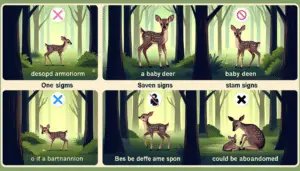
Identifying Signs of Abandonment in a Baby Deer Understanding the behavior of deer is crucial for anyone who spends time in their habitats. Knowing the signs of an orphaned fawn can make a significant difference
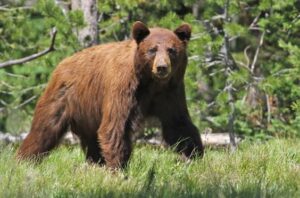
An Overview of the Cinnamon Bear The Cinnamon Bear is a subspecies of the American Black Bear famed for its unique reddish-brown fur, which resembles the color of ground cinnamon. Native to the western regions
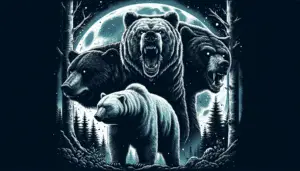
Understanding Bear Species and Their Threat Levels When considering bear species and the potential danger they pose to humans, it’s essential to understand the various bear species that roam our planet. Bears can be found
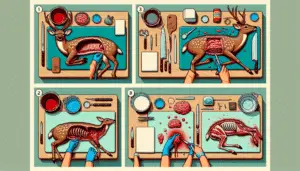
Gathering Your Supplies Before you start the cleaning process, you’ll need to gather the necessary supplies. Having the right tools on hand is crucial to efficiently and safely clean a deer. Here are the basic
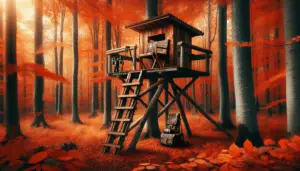
Understanding Deer Stands Engaging in a successful hunting trip involves not just skill and stealth, but also the right equipment. And for many hunters, a crucial piece of that equipment is a deer stand, a
There are many different types of deer, and our website has information about just about all of them. We invite you to check out a few of the most interesting deer species below, and continue to explore our website to learn more about the many different types of deer around the world.
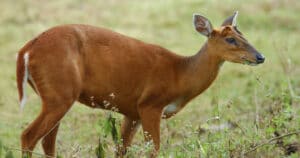
Indian Muntjac deer (Muntiacus muntjak) is native to Southeastern Asia. Also called the Southern Red Muntjac or Barking Deer, and is among the smallest deer species.
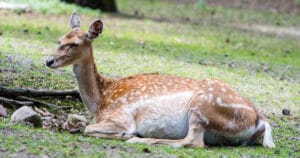
The Persian Fallow Deer (Dama mesopotamica), is a very rare middle-eastern deer. Today this deer has ranges in Iran and Israel. Sometimes, this deer is called the Mesopotamian Fallow Deer. By most this deer is
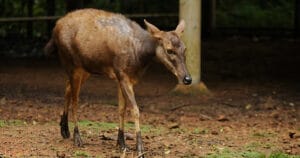
A subspecies of the Hog Deer, the Calamian Deer (Axis calamianensis) evolved into its own species on the Calamian islands. Today, both animals are very similar in appearance and behavior. The main differences between the
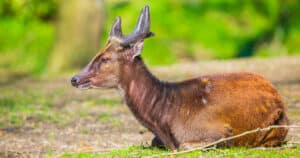
The Philippine Spotted Deer — also called the Visayan Spotted Deer (Rusa alfredi) or Alfred’s Deer — is an endangered species endemic to the Philippine Islands. It lives on the Visayan island chain. This deer

The Calamian Deer: A Treasure of the Philippine Islands If you’re curious about the Calamian deer, you’ve come to the right place. This unique species, also known as the Calamian hog deer or the Philippine
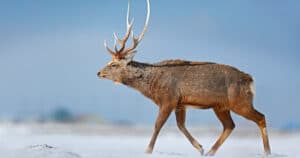
Cervus nippon or the Sika Deer is native to east Asia and is sometimes referred to as the Japanese Deer or the Spotted Deer. Years ago you could find many Sika Deer in northern Vietnam
Are you a deer hunter, or do you want to learn more about how hunters work to find, shoot, and process these animals in the field? We’re expanding our site to include articles on topics of interest to readers who are hunters or who would like to learn more about deer hunting and tracking deer.
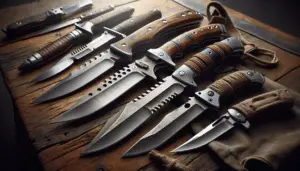
Understanding the Essentials of Hunting Knives When you’re out in the wild, a hunting knife isn’t just a tool—it’s vital for survival, skinning, gutting, and preparing your game. A top-tier hunting knife should be durable,
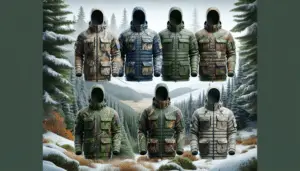
Finding the Ideal Hunting Jacket for Your Outdoor Adventures When setting out for a hunting excursion, one item that can greatly influence your comfort and success is the hunting jacket you choose to wear. So
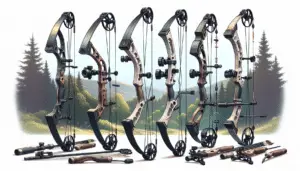
Understanding the Importance of Choosing the Right Hunting Bow When you’re on the hunt for the perfect bow, it’s not just about the thrill of the chase. It’s about finding a tool that will enhance

Understanding the Essentials of a Good Hunting Pack When you’re gearing up for a hunting trip in January 2026, selecting the right hunting pack is as critical as choosing the proper firearm or bow. Your

Understanding Binocular Specifications Before diving into the best hunting binoculars for January 2026, it is essential to understand the crucial specifications that differentiate one pair from another. Power and lens diameter are the lifeblood of
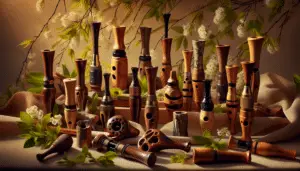
Understanding Different Types of Hunting Calls When it comes to hunting, especially for deer, using the right call can be as crucial as choosing the right weapon or finding the perfect spot to wait for